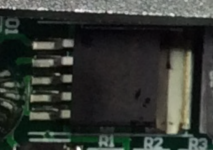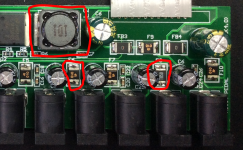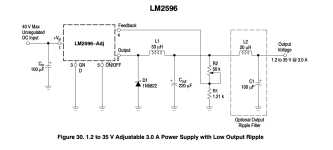Big Monk
Well-known member
I have a number of these small and compact O’traki power supplies in both sizes:
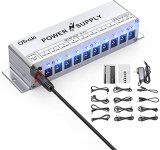
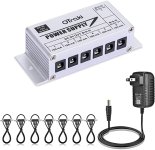
They won’t win me any style points on TGP but they are pretty quiet and I like their size. Also, since I make my own boards out of wood, I like the mounting flanges.
The one thing that bugs me a bit is the combination of outlets on each. I really love the small one but it doesn’t have an 18 vDC output. I like the big one as well because of the 12 and 18 vDC outlets but it only has one 500 mA 9 vDC outlet.
I had a few spares so I cracked one open last night to see what was going on:
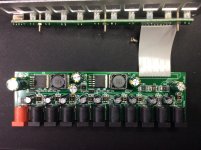

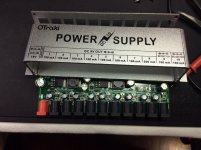
I reached out to the Amazon seller I buy them from last night. Basically told a little white lie about outputs on both sizes having failed on me and could I get a schematic.
I’d like to get an idea on what’s going on so I can maybe modify some of the outputs to better reflect what I want. Especially in the smaller size, which I’m using right now on my boards.
Can anyone make heads or tails of some of the components?


They won’t win me any style points on TGP but they are pretty quiet and I like their size. Also, since I make my own boards out of wood, I like the mounting flanges.
The one thing that bugs me a bit is the combination of outlets on each. I really love the small one but it doesn’t have an 18 vDC output. I like the big one as well because of the 12 and 18 vDC outlets but it only has one 500 mA 9 vDC outlet.
I had a few spares so I cracked one open last night to see what was going on:



I reached out to the Amazon seller I buy them from last night. Basically told a little white lie about outputs on both sizes having failed on me and could I get a schematic.
I’d like to get an idea on what’s going on so I can maybe modify some of the outputs to better reflect what I want. Especially in the smaller size, which I’m using right now on my boards.
Can anyone make heads or tails of some of the components?


